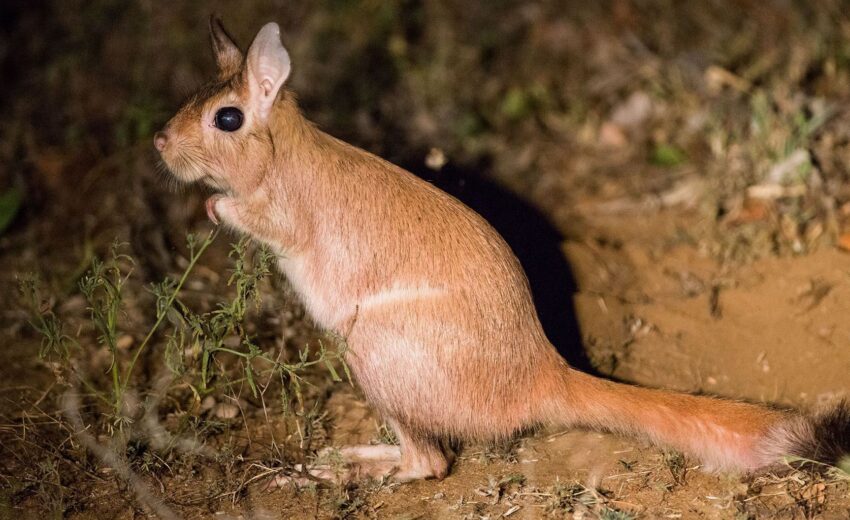Looking like a rabbit and a kangaroo mated, we have the springhare. These critters live in the semiarid steppes and dry savannas of Kenya and Tanzania as well as in Southwestern
- Zoology
- Daily Critter Facts
- For Teachers
- Study Guides
- Animal Diseases & Parasites
- Contact

